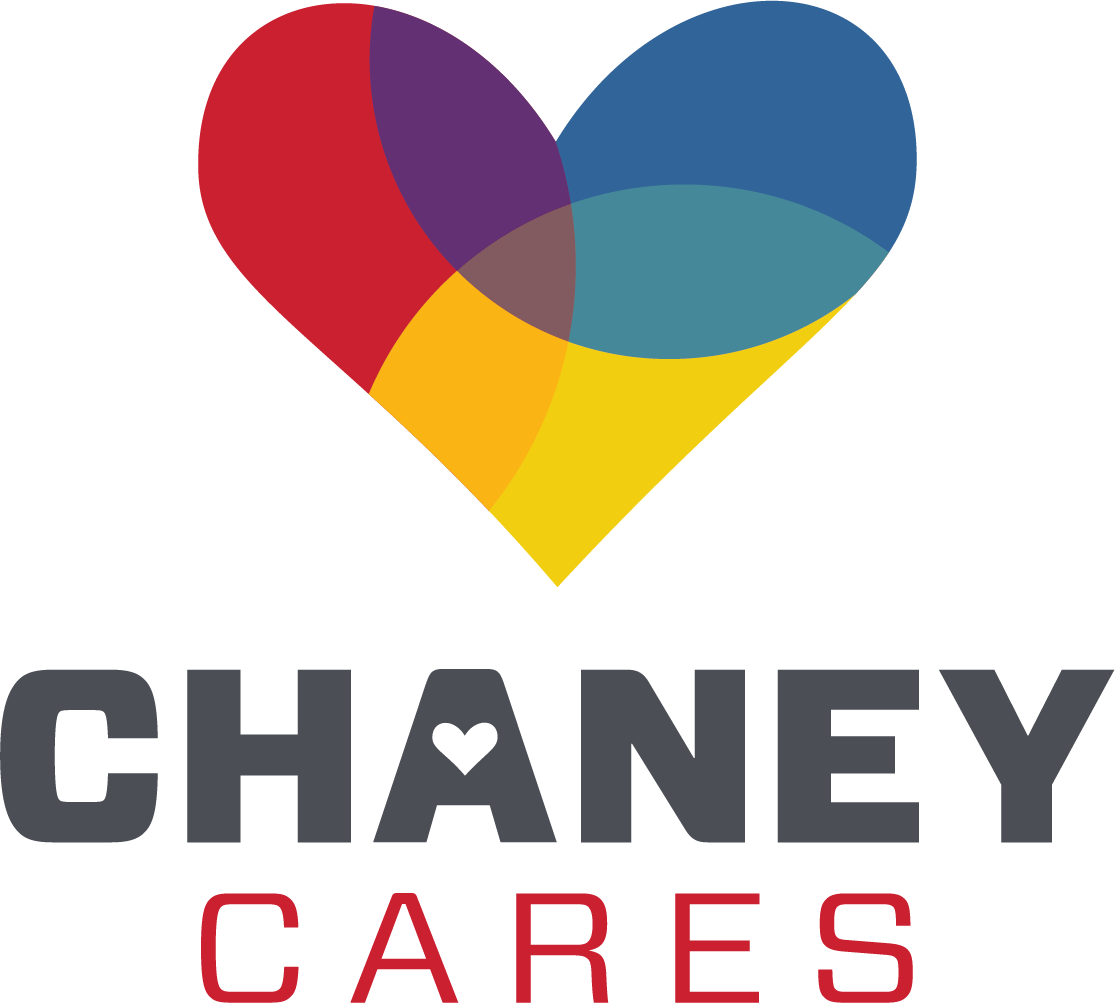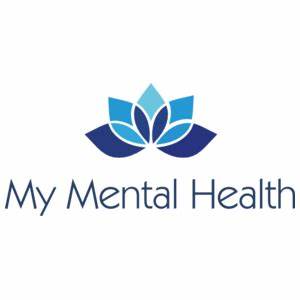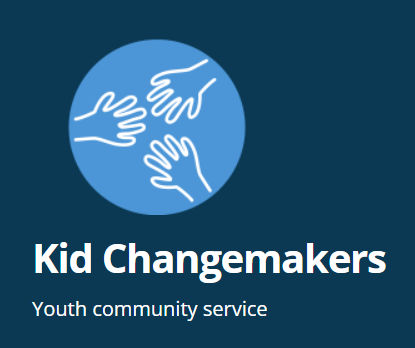Developmentally speaking, the years between youth and adulthood are critical for the development of emotional, cognitive, social, and mental change. Adolescence welcomes a time of growth, as children navigate milestones to prepare them for their roles as adults, this includes education and employment, living circumstances, and relationships. It can be a challenging and difficult time and is often associated with a higher risk of suicide.
 For those aged between 15 and 24, suicide is the second leading cause of death. 1 in 15 students reports a suicide attempt every year, and 1 in 53 have made an attempt that was serious enough to require medical treatment.
For those aged between 15 and 24, suicide is the second leading cause of death. 1 in 15 students reports a suicide attempt every year, and 1 in 53 have made an attempt that was serious enough to require medical treatment.
For every suicide death among our youth, there have been between 100 and 200 attempts. There are some youth groups at an increased risk of suicide, including the LGBTQ community, Native Americans, members of the military, and those youths who are in the juvenile justice or child welfare systems.
Despite the commonality of these thoughts and attempts in our youth, there is a lot of unknowns on how to proceed after an attempt. We all play a role in supporting our youth and helping to prevent suicide, whether your role is as a parent, teacher, coach, friend, member of the family, school administrator, or you lead extracurricular activities.
The Facts
There are a lot of myths surrounding teen suicide, and it’s important to understand what is a myth, and what is a fact.
Many people believe that youth suicide isn’t a problem. The fact is, as we can see from the numbers above- it’s a serious problem.
Another myth is that asking about suicide encourages behaviors associated with suicide. This is patently false, by addressing the topic in a nonjudgmental manner you are showing your child (or student, etc.) that you take them, and their emotional pain, seriously.
It isn’t true that you need to be a professional to identify risk factors of suicidal behavior in children. The first people to recognize these symptoms tend to be parents and caregivers. Which provides an opportunity to intervene before an attempt can take place.
Four out of five attempts are preceded by strong warning signs. Recognizing the signs doesn’t mean that your child will make an attempt, however, you shouldn’t ignore the signs. They should not be dismissed as attention-seeking. If you see erratic behavior, changes in habits, personality, behavior, or sleep disturbances then it’s important you intervene.
Risk factors include mental illness, substance abuse, aggression, bullying, lack of interest in hobbies, risky and disruptive behavior, serious loss, family violence, access to pills, illegal drugs, or firearms, and a family history of suicide.
Interact positively with your teens and talk to them about suicide in a calm and informative manner. Monitor their social media activity, know their friends, and talk to their teachers regularly. If you see any signs, seek medical advice.
Resources
The National Suicide Prevention Lifeline is toll-free, operates 24 hours, and is a confidential hotline available to anyone who is in emotional distress or considering suicide. By calling 1-800-273-TALK those in crisis can connect to a large network of mental health professionals. There are translators available for around 150 languages.











